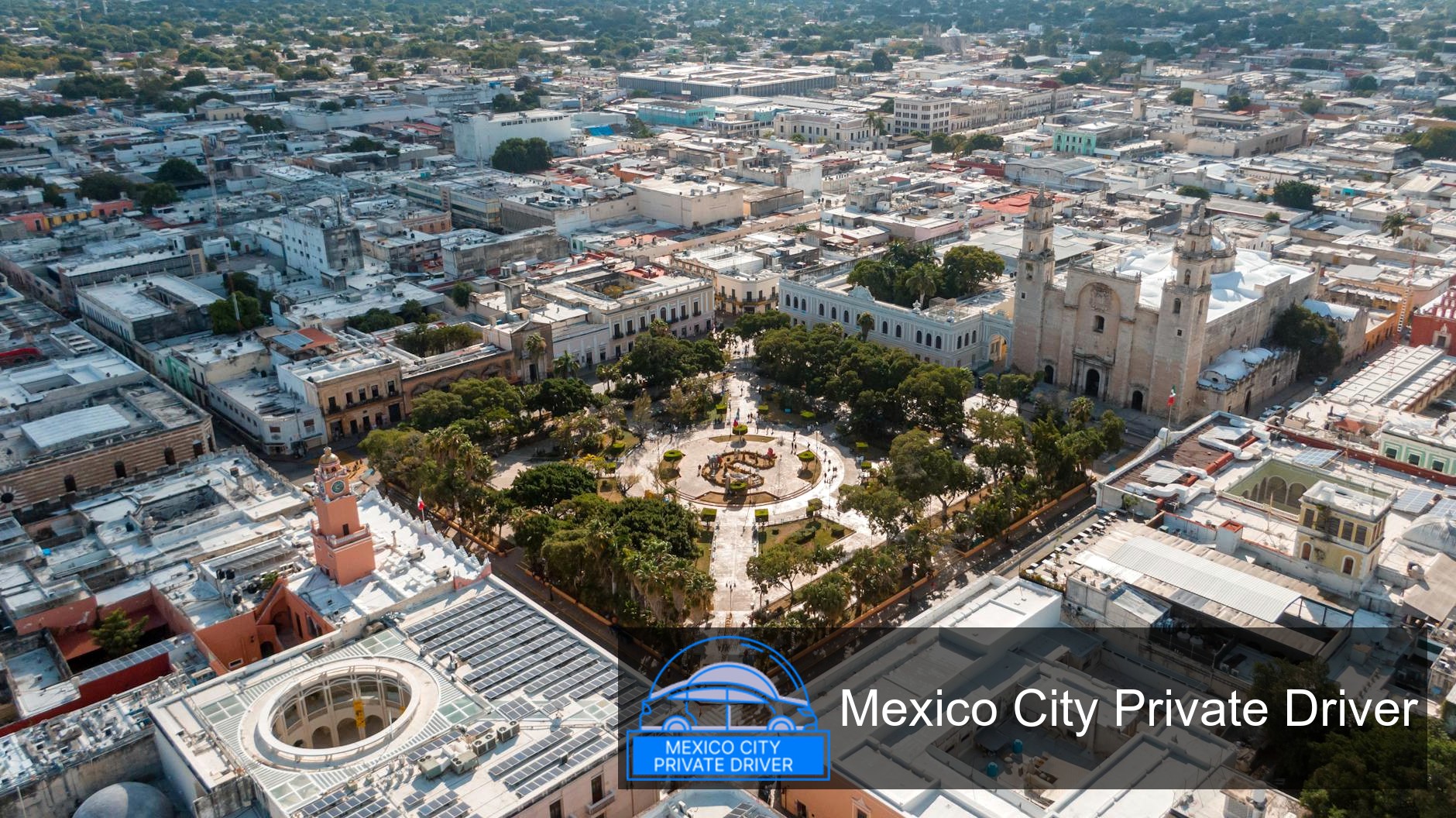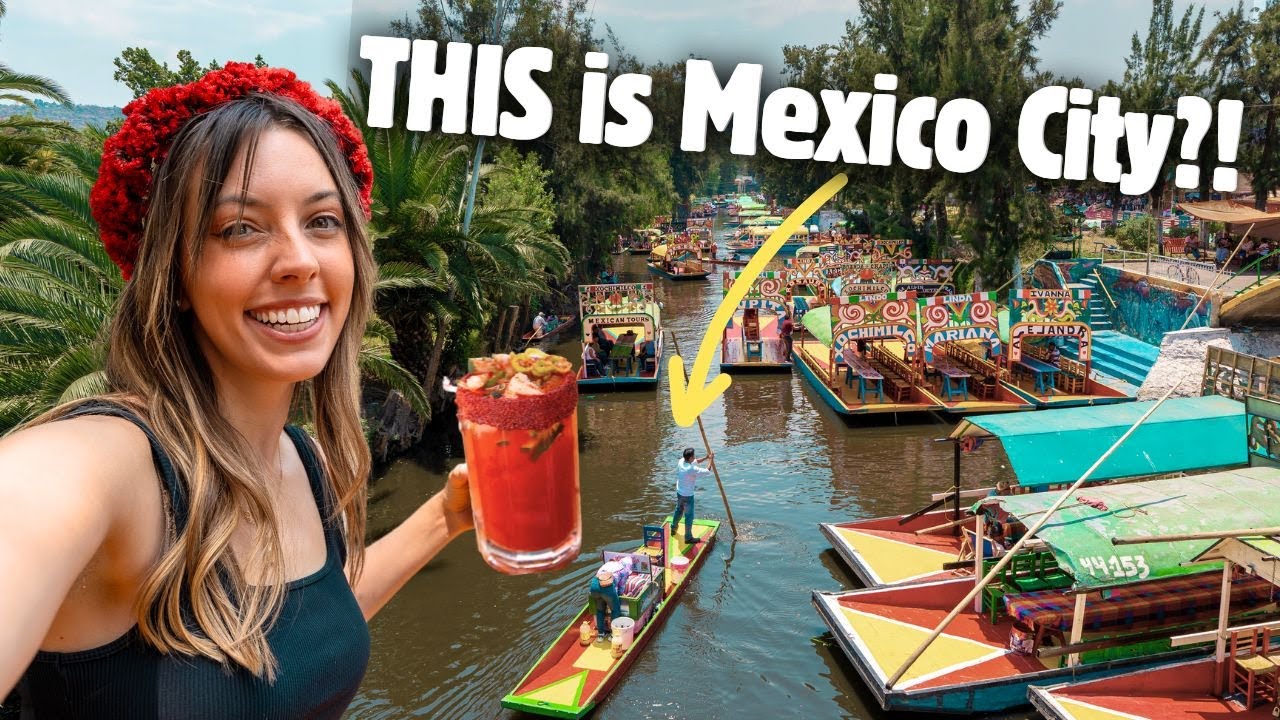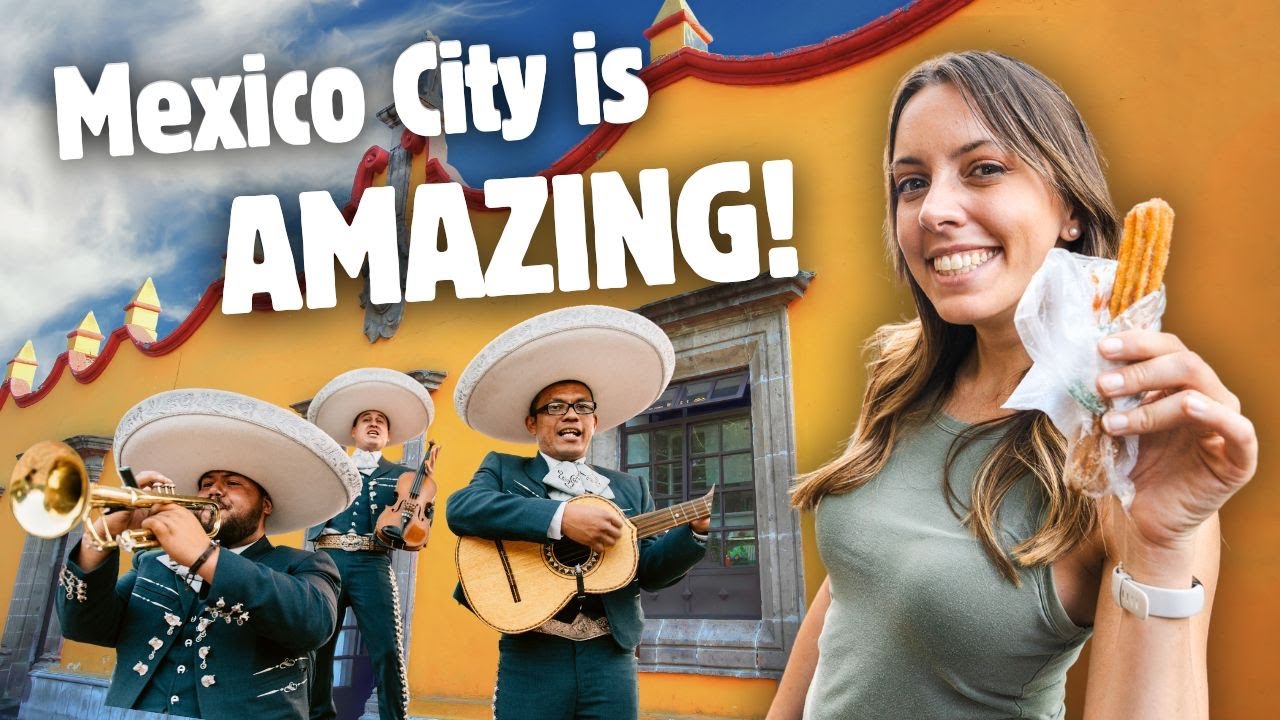TL;DR I’ve visited the Basílica de Guadalupe enough times to know it’s both an architectural landmark and a living place of devotion: the Old Basilica (completed 1709) holds baroque and neoclassical history, while the New Basilica (built 1974–1976) — a circular, reinforced‑concrete sanctuary designed to host tens of thousands — protects and displays the original tilma with the image of the Virgin. This guide covers history, art, pilgrimage logistics, accessibility, and practical tips so you can plan a meaningful visit. Sources: Mexico City government, the basilica’s official site, ArchDaily, Wikipedia, TripAdvisor, and my on‑the‑ground experience.
Basílica de Guadalupe Mexico City: A Comprehensive Guide to History, Art, and Pilgrimage
Why the Basílica matters — my perspective
As someone who’s spent days at the Villa de Guadalupe during both quiet mornings and massive December 12 crowds, I can say the site functions on two levels: an architectural complex with centuries of layered styles, and a living pilgrimage center that draws millions annually. The image on Juan Diego’s tilma is the reason pilgrims come; the buildings accommodate and frame that devotion.
Historical overview: from 17th‑century temple to modern shrine
The story begins in the colonial period. The older temple — commonly called the Old Basilica or Templo Expiatorio a Cristo Rey — was initiated in the late 17th century (work began 1695 and finished around 1709). Its principal architect was Pedro de Arrieta, and the building featured baroque elements, an octagonal dome and ornate vaulting. Over time it suffered damage, major 19th‑century alterations and restorations that introduced neoclassical elements and new altars (site histories and archival summaries confirm these phases).
By the mid‑20th century, the old structure showed serious subsidence and was ill‑suited for the growing numbers of pilgrims. A new, ground‑breaking solution was commissioned: a circular basilica built between 1974 and 1976, designed by a team including José Luis Benlliure, Pedro Ramírez Vázquez and others. Its reinforced concrete shell, copper cladding (now greenish from oxidation) and an interior built to focus on the tilma allowed mass access and safer, modern circulation (municipal and architectural sources describe the design rationale).
Architecture and art: what to look for
When you arrive, I recommend separating your visit into three visual experiences: the Old Basilica, the New Basilica, and the surrounding chapels and plazas.
The Old Basilica (Templo Expiatorio a Cristo Rey)
- Style and materials: original baroque structure later modified with neoclassical interventions; octagonal towers and dome are notable features.
- Interior art: later altars and significant paintings were introduced during 18th–19th century restorations.
- Atmosphere: quieter and more intimate than the new basilica; I find it easier to reflect there away from the main pilgrim flows.
The New Basilica
- Form and symbolism: circular plan evoking a tent or mobile sanctuary — a deliberate reference to sacred tents like the Ark of the Covenant (architectural commentary highlights this intent).
- Technical features: reinforced concrete structure and copper roofing; designed to hold large congregations and prevent earthquake damage.
- Viewing the tilma: the tilma with the Virgin’s image is displayed in a climate‑controlled setting; a moving walkway allows thousands to pass by without crowding (visitor reports and site details note the moving path and crowd management).
Art and devotional objects
Expect a mix of colonial paintings, modern liturgical design, mosaics, and thousands of ex‑voto offerings. The layering of styles — baroque altars, neoclassical retouches, and modernist architecture — is a key part of the site’s visual story.
The pilgrimage experience: rhythms and rituals
I’ve stood in the Plaza de las Américas at dawn and watched crowds swell toward the feast day on December 12. Pilgrimage here is both intensely personal and deeply communal.
- Feast day (Dec 12): the busiest day of the year, with millions arriving from across Mexico and beyond. Plan months ahead if you want lodging or specific procession access.
- Daily liturgy: the basilica schedules multiple masses; the official website livestreams liturgies and posts schedules, which I check before planning a visit.
- Pilgrim routes: many arrive on foot from other neighborhoods, leaving offerings, banners, and dancing troupes; you’ll see a wide range of popular devotions and regional expressions.
Comparison: Old Basilica vs New Basilica
| Feature | Old Basilica (Templo Expiatorio) | New Basilica (Basílica de Santa María de Guadalupe) |
|---|---|---|
| Primary construction | 1695–1709 (colonial era) | 1974–1976 (modern era) |
| Architectural style | Baroque origins; later neoclassical alterations | Modern circular design; reinforced concrete; copper cladding |
| Capacity and function | Smaller, historic worship space; intimate services | Designed to host large masses (thousands); main pilgrimage sanctuary |
| Notable features | Octagonal dome, historic altars, colonial artwork | Tilma viewing, moving walkway, contemporary liturgical layout |
| Preservation issues | Subsidence and structural concerns led to restricted use | Built to resist earthquakes and accommodate crowds |
Practical Guide
I use the following checklist every time I plan a visit. These are concrete steps you can follow for a smooth, respectful, and meaningful experience.
Before you go
- Check official times and live streams: consult the basilica’s website for mass schedules, special events, and livestream links (useful if you can’t attend in person).
- Decide when to go: weekdays and early mornings are calmer; December 12 is monumental and requires advance planning.
- Book transport and lodging early for major feast days: hotels near Villa de Guadalupe fill fast during pilgrimage seasons.
Getting there
- Metro: Line 6 and nearby lines connect to the area; plan for crowding on peak days.
- Bus and microbus: common and cheap — but if you’re unfamiliar with routes, a taxi or rideshare may save time and confusion.
- Car: there are parking areas but capacity is limited during large events; arrive early and be prepared to walk.
At the site
- Start at the Plaza: orient yourself and decide whether you want to visit the Old Basilica first or go straight to the tilma in the New Basilica.
- Tilma viewing: follow signage for the moving walkway; you’ll pass the tilma without long waits if you come mid‑week or outside major feast hours.
- Security and offerings: security checks are routine; if you bring candles or large offerings, check permitted items ahead of time.
- Photography: allowed in many external areas; inside certain chapels or during mass it may be restricted — be respectful and follow posted rules.
Accessibility and comfort
- The New Basilica is designed with large, accessible spaces; there are ramps and elevators. Still, crowds can impede movement during big events.
- Wear comfortable shoes — the complex is large and you’ll walk over plazas, ramps, and tiled surfaces.
- Bring water and sun protection for daytime visits; the plaza has limited shaded seating when crowded.
Where to eat and what to buy
Street food vendors and small restaurants line the approaches. I recommend trying a warm tamale or a pozole from a well‑kept stall. For souvenirs, official religious shops inside the complex offer rosaries, scapulars, and images; buying from licensed vendors supports sanctuary operations (the official site lists authorized services).
Safety and etiquette
- Respect sacred spaces: dress modestly for chapel interiors; keep voices low during services.
- Watch your belongings: as with any busy pilgrimage site, petty theft can occur — use a money belt or keep valuables secure.
- Donate responsibly: there are official donation modules and collection points; if you want to light a candle, use designated areas.
Personal tips from multiple visits
- Arrive early for a contemplative hour in the Old Basilica before the crowds surge toward the New Basilica.
- Use the higher vantage points around the complex for photography — they capture both the old and new structures together.
- If you want a guided experience, book an official guided tour through the basilica’s visitor services rather than following random street guides.
Conservation and ongoing challenges
Maintaining both the historic fabric of the old church and the modern systems of the new basilica is an ongoing effort. The older building had structural issues and subsidence that necessitated the new construction, while the contemporary basilica requires continual structural maintenance given Mexico City’s seismic context (municipal and architectural documentation discuss these interventions). I’m not a structural engineer, so for detailed conservation data I recommend consulting heritage authorities or published conservation reports.
Where to go next: nearby sites and extended itineraries
If you have time, combine your visit with:
- The Museo de la Basílica (if open): displays and historical materials related to the apparitions and sanctuary.
- Local cemeteries and chapels around the Villa de Guadalupe which document regional devotion.
- Centro Histórico of Mexico City for colonial architecture if you want an extended cultural day.
FAQs
Is the original tilma on display in the New Basilica?
Yes — the tilma bearing the image of Our Lady of Guadalupe is displayed in the New Basilica in a controlled environment and is the focus of the moving‑walkway viewing system. The tilma is a central devotional object and the reason the sanctuary exists (official and visitor sources confirm the display and viewing procedures).
Can non‑Catholics visit the basilica?
Absolutely. The site welcomes visitors of all backgrounds. Many come for cultural, historical, or artistic reasons rather than religious ones. Respectful behavior is expected inside chapels and during services.
When is the best time to visit to avoid large crowds?
Weekday mornings outside of December and major feast dates are the calmest. If you must visit during a holiday or the December 12 feast, arrive very early or plan to spend several hours amid the crowds.
Are there guided tours or audio guides?
The basilica offers guided visits and the official website lists services and visitor information. I advise booking through official channels or checking the basilica’s visitor desk on arrival for scheduled guided tours.
Is the site accessible for visitors with limited mobility?
Yes — the New Basilica was designed with accessibility in mind and includes ramps and wide circulation spaces. Crowds can still pose a challenge; contact the basilica visitor services in advance if you need special accommodations.
How long should I plan for a visit?
Plan at least 1.5–3 hours to see both basilicas, visit the plaza areas, and browse museum or vendor areas. For deep pilgrimage participation or attendance at a major mass, allocate a half‑day or more.
Where can I find live streams or mass schedules?
The basilica’s official website maintains mass schedules, livestream links, and pastoral notices. I consult that site before each visit to avoid surprises.
Closing thoughts
The Basílica de Guadalupe is both a national monument and a neighborhood sanctuary — historic stones and modern concrete holding an image that millions revere. My visits taught me to balance respect for devotional rhythms with attention to architectural detail: spend a quiet hour in the Old Basilica, then step into the modern scope of the New Basilica to see how 20th‑century design handled mass pilgrimage. If you go prepared — checking schedules, planning transport, and knowing when to arrive — you’ll experience one of Mexico City’s most resonant spiritual and cultural landscapes.
If you’d like, I can build a one‑day itinerary from central Mexico City tailored to your travel dates (including transit directions, meal suggestions, and timing to match masses or tours).
Martin Weidemann is a digital transformation expert and entrepreneur with over 20 years of experience leading fintech and innovation projects. As a LinkedIn Top Voice in Digital Transformation and contributor to outlets like Forbes, he now brings that same expertise to travel and mobility in Mexico City through Mexico-City-Private-Driver.com. His focus: trustworthy service, local insights, and peace of mind for travelers.



